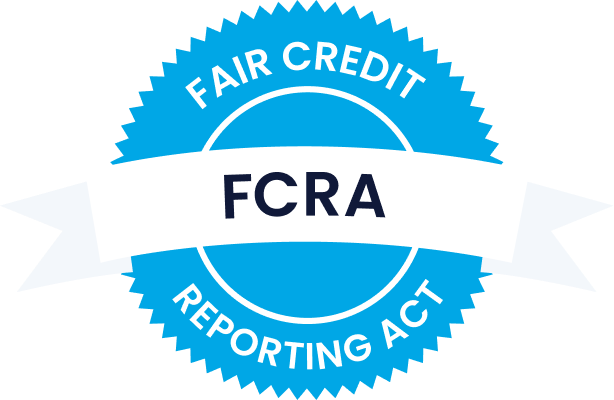From faulty appliances and leaky faucets to routine maintenance, it’s necessary to increase the rent, especially during high inflation, when the cost of living, products, and services are higher. While a rent increase may affect your tenant’s expenses, it will help ensure you can maintain ideal living conditions to keep tenants happy.
In this guide, you’ll discover how state and local tenant-landlord laws affect your investment property.
2024 updates to California’s rent increase guidelines
California rent control laws strive to create a balanced rental market for landlord and tenant needs. The Tenant Protection Act of 2019 came into effect on January 1, 2020. Under these statewide rent control laws, annual rent increases are capped at 5% plus inflation, or 10%, whichever is lower.
Here’s a breakdown:
Landlords can add 5% (the base rate) plus the inflation rate (percentage of living) to the increase. For example, if the inflation rate is 3.5%, your tenant’s increase would be 3.5% (inflation rate) plus 5% (base rate), which equals 8.5%. In this instance, the increase would be 8.5%.
The maximum rent increase can’t exceed 10% of the current rent. However, there are noteworthy exceptions to this rule.
The newest piece of legislation affecting an essential landlord-tenant law is Assembly Bill Number 12 (AB 12). Beginning July 1, 2024, a California landlord can’t ask tenants for security deposits that exceed the equivalent of one month’s rent.
How to increase rent on rental properties in California
Before we dive into the steps landlords can take to raise the monthly rent, it’s important to note that every city in the Golden State may have its unique set of rules on allowable rent increases and other landlord-tenant laws. Landlords should research local laws before taking action.
For a 12-month fixed lease and periodic lease, follow these steps before implementing the annual rent hike.
Step 1: Determine the new rent price
Research how much houses in your neighborhood are selling for and what other landlords charge for rent nearby for similar rental units––these are market trends.
Also consider your cash flow and how much you’ll need to cover your repairs, mortgage, taxes, and maintenance costs. You should have a bit of a profit left over, which is your return on investment.
Step 2: Prepare and deliver a written notice to tenants
After determining the allowable increase and new rent price, give your tenant a rent increase notice before the lease renewal. The state law requires landlords to provide a 30-day written notice if the increase is 10% or less. If the increase is more than 10%, you must give a 90-day written notice.
A rent increase limit may not apply to apartments built in the past 15 years, mobile homes, or affordable housing. The notice can be delivered via email with a hyperlink, or you can present the written form in person.
Proper notice should include the following information:
- Current rent
- Proposed new rental rate
- Effective date
Step 3: Communicate the reasoning behind the increase
Outlining the reasons behind the rent increase can help foster a healthy landlord-tenant relationship, though it is not required according to rent increase laws.
Rent control laws evolve with the times. However, one constant is that when inflation and repair costs increase, a landlord must guarantee that rental operations remain intact with a sufficient rental income. Empathizing with your renter and letting them know you have their best interest in mind and are in this together will ease the impact of undesired rent increases.
Step 4: Document all rent increases
The new lease agreement should outline the new monthly rent for current tenants. Keep a log of annual rent hikes and inspections and stay up to date with state and city laws.
It’s the landlord’s responsibility to tailor each of these steps to their specific situation, complying with local laws.
FAQ: California rent increase guidelines
The statewide annual limit is 5% plus CPI or 10%, whichever is lower. Individual cities, like San Francisco, have annual rent increase rates governed by city regulations. According to SF.Gov, the annual increases are limited to 3.6%. These reforms ensure that housing providers offer affordable housing options on yearly leases.
Consider the cost of rent. Does the cost of rent cover your expenses? Landlords should assess their cash flow and market trends before setting a new rent price instead of implementing the maximum increase. It’s essential to review your rental agreement and be accessible to your tenants. Hear them out on their concerns and explain the reasoning behind the increases in rent.
AB 1482 protects tenants against rising rents and applies to some residential properties. This may include some single-family homes and condos that don’t have to adhere to the law’s provisions if a real estate investment trust or corporation doesn’t own the property.
Ensure you comply with your local rent control ordinances to avoid exceeding the rent cap. In addition to staying informed with rent control rules, review your rental agreement on each of your rental properties and give proper notice before raising the current rate.
In California, landlords must refrain from retaliatory actions, such as imposing exorbitant rent hikes beyond the acceptable rent hike or implementing excessive rent hikes that don’t adhere to local laws and rent control regulations. The landlord can’t retaliate if a tenant requests repairs on a single-family home or rental units in a building. If the tenant points out that the landlord is acting against the rental agreement, the landlord can’t retaliate.
Landlords should review the California Tenants Handbook to maintain a positive landlord-tenant relationship.
Our final thoughts
Timely and clear communication will help property owners minimize questions and avoid disputes when you implement annual rent increases. Rent increases are a part of the rental operations. While they aren’t virtually painless for the tenant, if done tactfully with analysis and consideration of your renter, you can save money while retaining good residents in homes or apartment buildings. Here, you’ll find all of the essential California rental documents to simplify the rental process. Familiarizing yourself with local rent increase laws will help you effectively manage your property.





